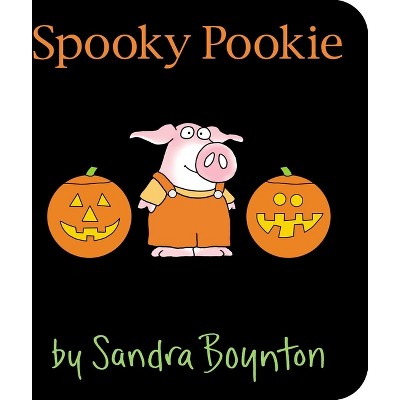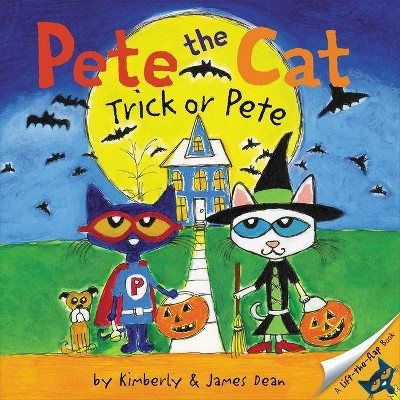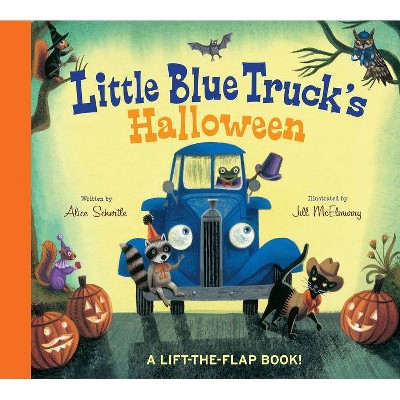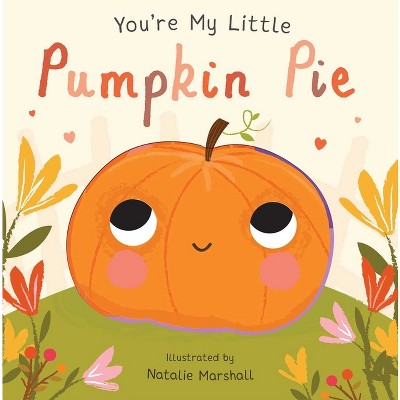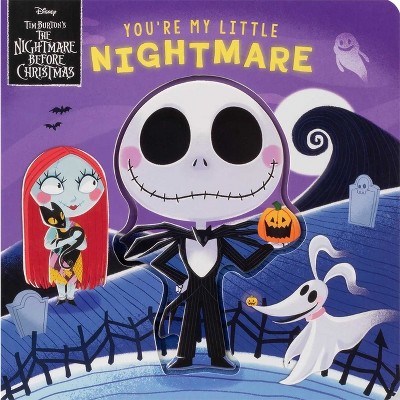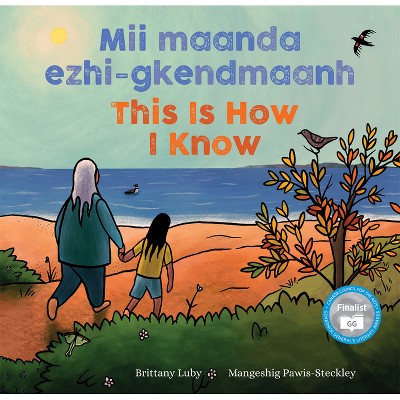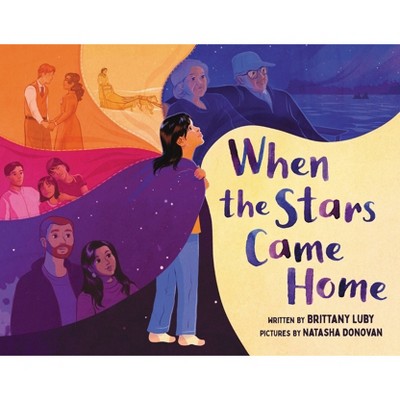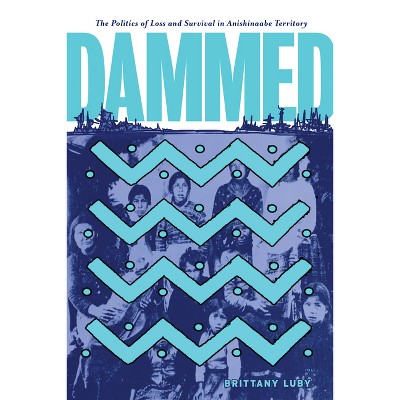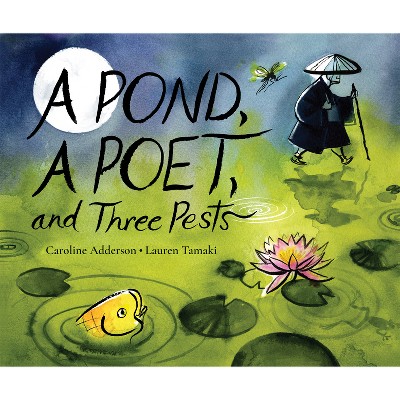Sponsored

Mnoomin Maan'gowing / The Gift of Mnoomin - by Brittany Luby (Hardcover)
In Stock
Sponsored
About this item
Highlights
- In this bilingual book, an Anishinaabe child explores the story of a precious mnoomin seed and the circle of life mnoomin sustains.
- 3-6 Years
- 8.1" x 8.3" Hardcover
- 36 Pages
- Juvenile Fiction, People & Places
Description
About the Book
"In this bilingual book, an Anishinaabe child explores the story of a precious mnoomin seed and the circle of life mnoomin sustains. Written in Anishinaabemowin and English, the story opens at harvest time. A child holds a mnoomin seed and imagines all the life that made a single seed possible--Mayfly, Pike, Muskrat, Eagle and Moose, all had a part to play in bringing the seed into being. What will happen if the seed sprouts? Underwater leaves will shelter young fish, shoots will protect ducklings, stalks will feed larvae, in turn providing food for bats...until finally mnoomin will be ready to harvest again. We follow the child and family through a harvest day as they make offerings of tobacco, then gently knock ripe seeds into their canoe. On shore, they prepare the seeds, cook up a feast, and gratefully plant some seeds they'd set aside. This beautifully written and illustrated story reveals the cultural and ecological importance of mnoomin. As the author's note explains, many Anishinaabeg agree that "wild rice" is an inaccurate term for this plant relation, since part of the harvest is sown every year to help sustain human and non-human beings. Includes a translator's note."--Book Synopsis
In this bilingual book, an Anishinaabe child explores the story of a precious mnoomin seed and the circle of life mnoomin sustains.
Written in Anishinaabemowin and English, the story opens at harvest time. A child holds a mnoomin seed and imagines all the life that made a single seed possible--Mayfly, Pike, Muskrat, Eagle and Moose, all had a part to play in bringing the seed into being. What will happen if the seed sprouts? Underwater leaves will shelter young fish, shoots will protect ducklings, stalks will feed larvae, in turn providing food for bats...until finally mnoomin will be ready to harvest again.
We follow the child and family through a harvest day as they make offerings of tobacco, then gently knock ripe seeds into their canoe. On shore, they prepare the seeds, cook up a feast, and gratefully plant some seeds they'd set aside.
This beautifully written and illustrated story reveals the cultural and ecological importance of mnoomin. As the author's note explains, many Anishinaabeg agree that "wild rice" is an inaccurate term for this plant relation, since part of the harvest is sown every year to help sustain human and non-human beings. Includes a translator's note.
Key Text Features
explanation
illustrations
informational note
translations
translator's note
Correlates to the Common Core State Standards in English Language Arts:
CCSS.ELA-LITERACY.RL.1.2
Retell stories, including key details, and demonstrate understanding of their central message or lesson.
Review Quotes
"A gentle, visually beautiful introduction to this aspect of Anishinaabe culture." -- Toronto Star
"A stunning picture book." -- Globe and Mail
"Beautifully rendered, this Anishinaabemowin and English bilingual book is a visual and narrative gift to young readers eager to explore Indigenous culture and ecology." -- CM: Canadian Review of Materials
"Luby's reverent text ... describes the traditional method of harvesting what grows ... Pawis-Steckley's vibrant color palette captures the hues of sunlight throughout the story as well as the lush flora and fauna and the warmth of the human interactions. STARRED REVIEW" -- Horn Book
"Rhythmic, poetic, and informative narrative nonfiction at its finest." -- Children's Literature Comprehensive Database
Shipping details
Return details
Trending Books for Ages 3-5
